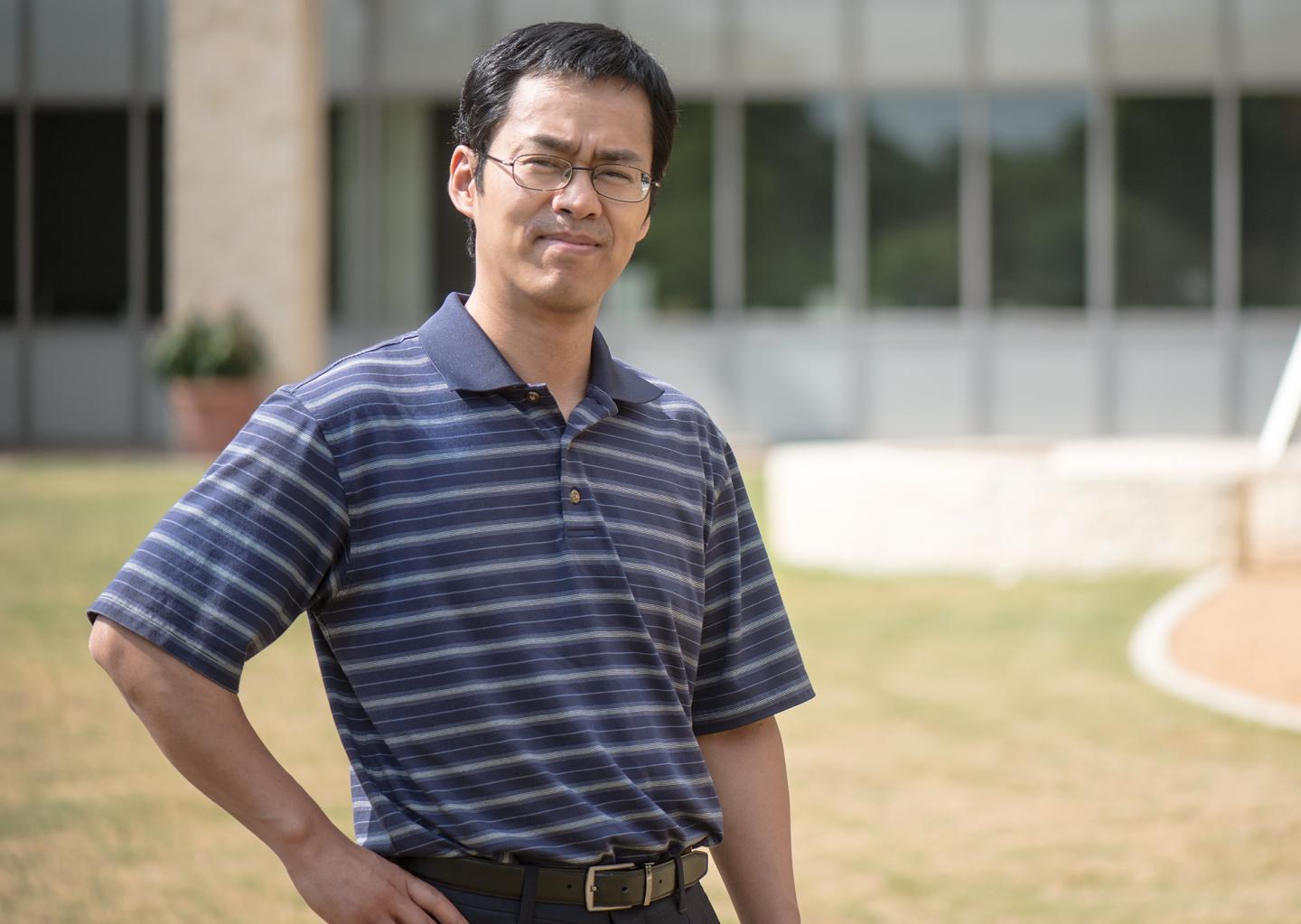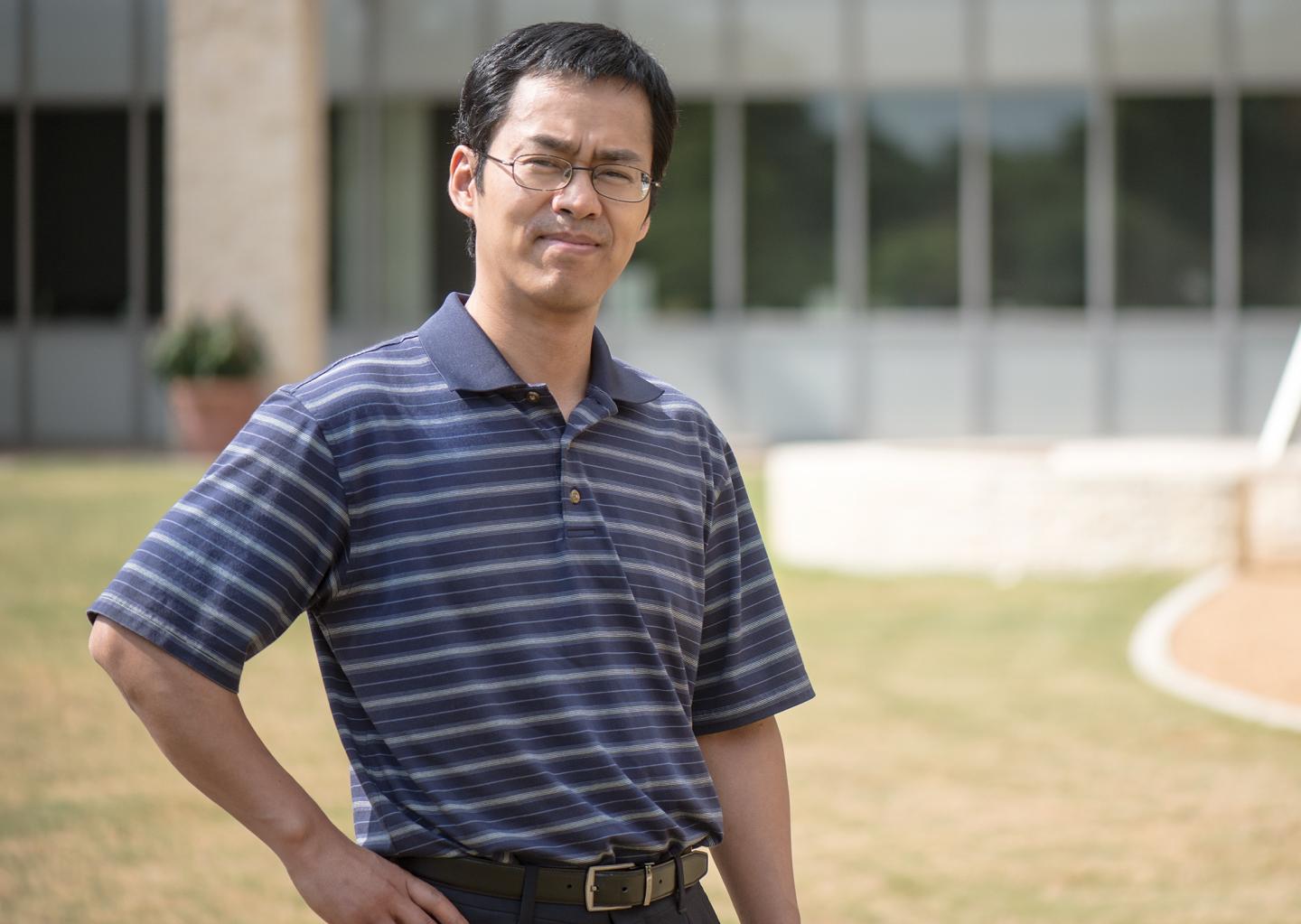
Credit: UT Arlington
Like the organ itself, data collected about the brain is incredibly complex and requires sophisticated methods to sort and analyze. Current methods involve topology, which is a mathematical model that gives a picture of the data, or machine learning, which is a statistical model showing trends. Neither can handle the amounts of data available.
Junzhou Huang, an associate professor in the Computer Science and Engineering Department at The University of Texas at Arlington, will use a $210,000 National Science Foundation grant to explore how to combine the two methods to more accurately predict the outcome of future data. Chao Chen at the City University of New York is co-principal investigator on the project.
Brain research relies on functional magnetic resonance imaging data which are highly complex, multiscale and heterogeneous. These include pathology or radiology images, and omics data, such as genomics, proteomics or metabolomics, captured from the same patient.
Currently, this data is at such a high resolution – an image might measure 1 million pixels by 1 million pixels, compared to a cell phone screen that measures 1,000 by 1,000 pixels – that each piece of data may be 1 terabyte, which is 1 million megabytes, or more. Combining several of those large files for a holistic view creates massive amounts of data that are too large for current technology to handle.
Huang hopes that combining topology, which analyzes 3-D data and provides global information, and machine learning, which relies on historical, or statistical, data will allow him to change the current model and predict the outcome of future data.
"Topology and machine learning are very different methods, but together they could help break down the data into more manageable units," Huang said. "Topology could allow doctors or researchers to quickly identify the data they need, and then machine learning could fill in the fine details, making the process faster and more accurate."
Huang won a National Science Foundation Faculty Early Career Development Grant in 2016 to develop a process using machine learning to gather highly complex genomic data that is similar to the brain data he will work with in his new grant.
His research is an example of innovative thinking in the area of data-driven discovery, one of the themes of UTA's Strategic Plan 2020: Bold Solutions | Global Impact, said Hong Jiang, Wendell Nedderman Chair and Professor in the Department of Computer Science and Engineering.
"Dr. Huang continues to push limits in big data analysis with creative solutions to vexing problems," Jiang said. "If he is successful, this new method could be a very important tool for doctors who need to quickly analyze and assess patient data, as well as researchers who are trying to apply data to predict and prevent medical issues."
###
Media Contact
Herb Booth
[email protected]
817-272-7075
@utarlington
http://www.uta.edu
Original Source
https://www.uta.edu/news/releases/2017/09/Junzhou-Huang-NIH-UTSW.php





